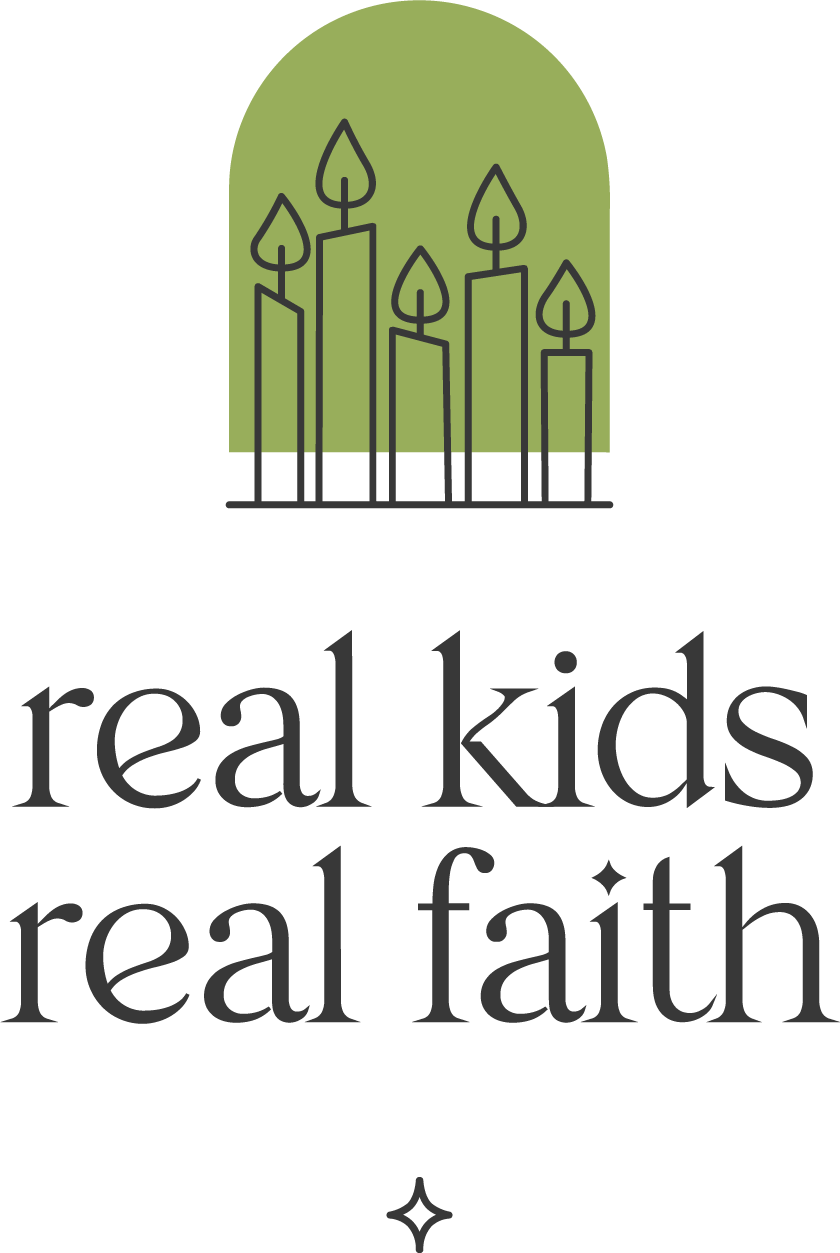Kids love emojis. As fun visual substitutes for words, they help children share how they’re feeling and communicate ideas. They can even be a way to quietly convey information that a child doesn’t want to say out loud.
Emojis are typically symbolic representations of emotions, things, actions, and events. They can be standard or personalized, as long as their meaning remains apparent to others in a child’s community. Emotion faces, a thumbs up image, a heart, a rainbow – each emoji says something. Put them together, and sometimes they can even tell a story.
As a spiritual tool, they can serve as signs of how a child’s spiritual life is going and cues for spiritual practices. Try some of these ideas for incorporating emojis into family or group spiritual nurture.
Meditation stones. Paint or draw emojis on small, flat rocks. Include face emojis that represent joy, sadness, anger, and confusion, as well as images such as a rainbow, a winding path, person, or mountain. Invite children to look through the stones and select one that they find meaningful. Encourage them to sit with the stone for a minute or two in contemplation. If they like, they can even offer a prayer prompted by the emoji.
Feelings exchange. Ask children to draw an emoji that reflects however they are feeling right now. Share your emojis with one another. Notice similar and different emotions. Invite children to share the story behind their emoji selection if they are comfortable doing so. [This can be a great way to quickly gauge kids’ emotional wellbeing.]
Peer feedback. Encourage children to use emojis to provide feedback when they are helping one another learn new spiritual concepts or practices. Knowing that others ‘heart’ their efforts or are ‘dancing’ over their recycling successes is a great motivator. And thinking about what emojis to share in support of others also encourages empathy and community-building.
Practice patterns. To remind children of a series of steps in a spiritual practice, match an emoji to each part. Post this shorthand version on a cupboard door or text the emoji string to one another periodically as a way to remember how to act.
Spiritual storytelling. Invite children to write about a spiritual experience, but instead of using only words, encourage them to substitute emojis wherever they can. They might use emoticons to show how they felt at various times during the experience or symbol emojis (e.g., sun, tree, butterfly, raindrops) for things they saw or heard around them.
Reading annotation. As children read a book with a spiritual theme, suggest that they use emojis to track their responses to the story. Or they might mark the characters’ varying emotions as the plot progresses. Older children might select and use a set of emojis that represent 1) where they see themselves in the story, 2) where the story teaches them something about others, and 3) where they feel moved to action by the story.

Comments